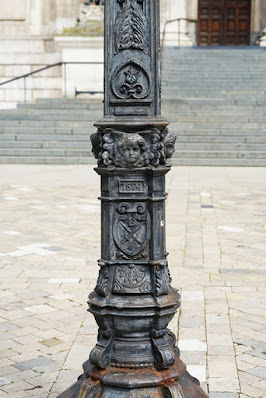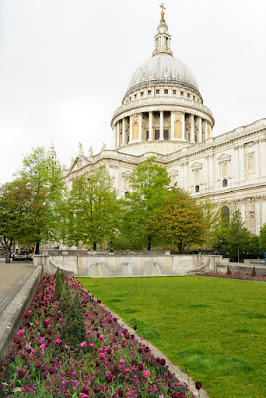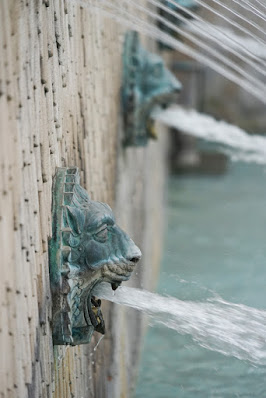On Lansdowne Terrace, Bloomsbury, is a large hall of residence for University of London students. International Hall was opened in 1962, and remains a major hall of residence today. However, we are not looking at the accommodation, but at the decoration on its exterior.
The walls are adorned with shields, each representing a country. They offer a snapshot of the time: India, for example, was independent, but Northern Rhodesia was still two years away from becoming Zambia. Malaya had achieved independence in 1957 but would not form the federation of Malaysia until the following year. In other words, this hall does not only illustrate the international membership of the University of London but also the changing place of London and the UK in a wider, and decolonising, world.
That is also illustrated by the stone commemorating the building's opening by Vijaya Lakshmi Pandit, who had until the previous year been India's High Commissioner in the UK. Part of the prominent Nehru/Gandhi family - her brother, niece, and grand-nephew were all Prime Ministers of India - she had been widowed in 1944 when her husband died following his imprisonment for supporting independence. Already a senior politician who had been imprisoned three times for her work in the independence movement, Pandit became an ambassador in 1947 and first woman president of the United Nations General Assembly in 1953.

















